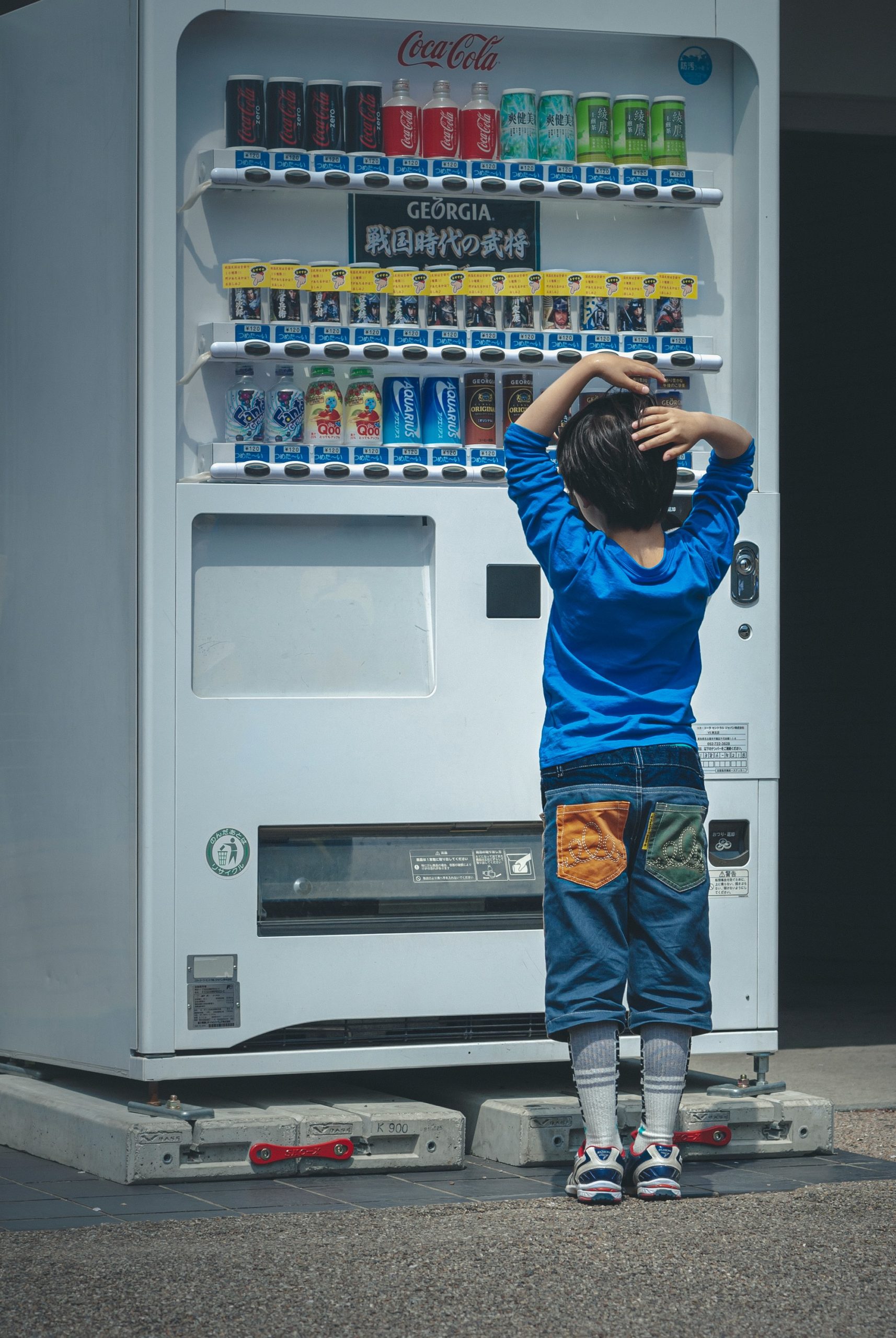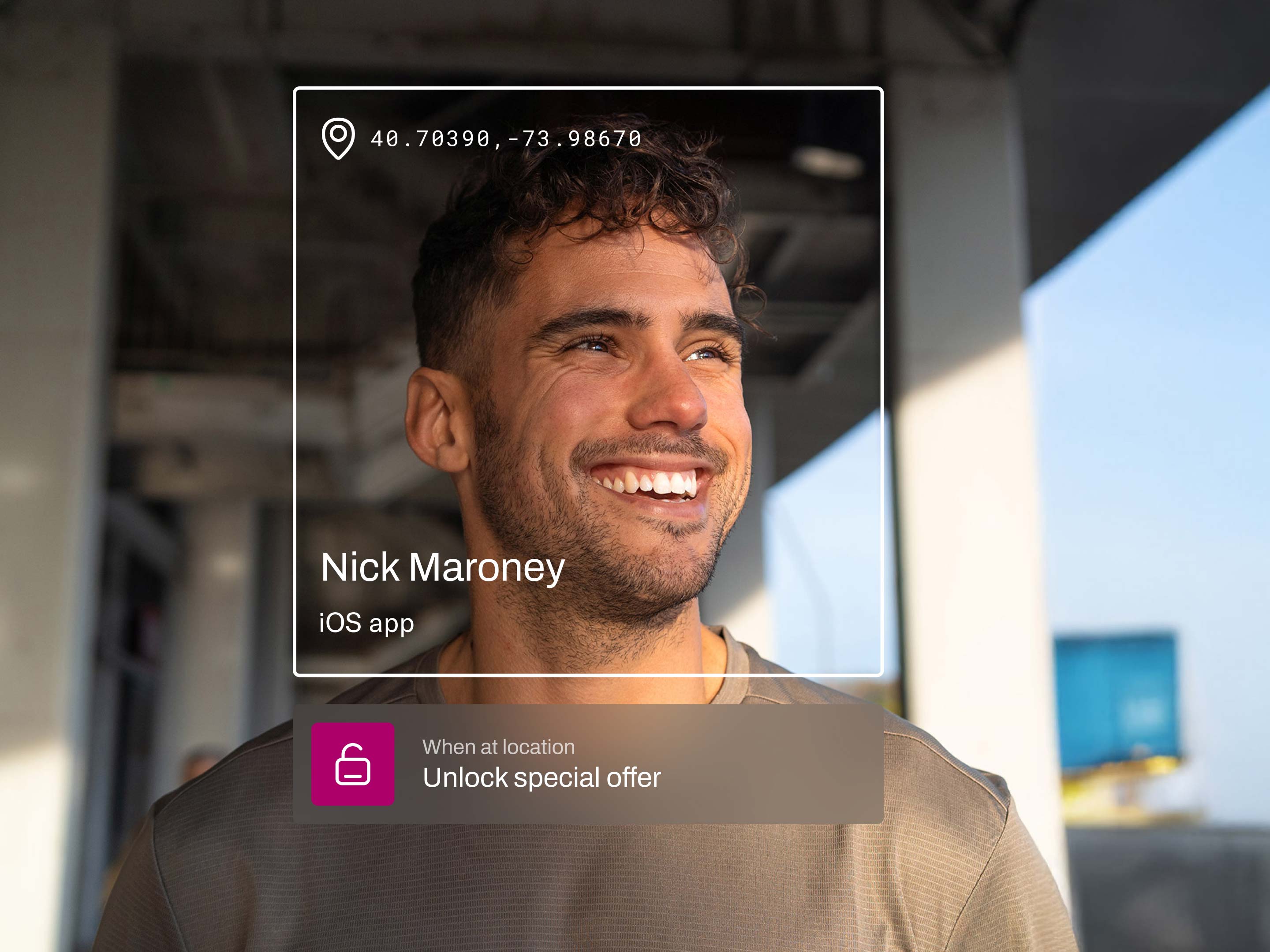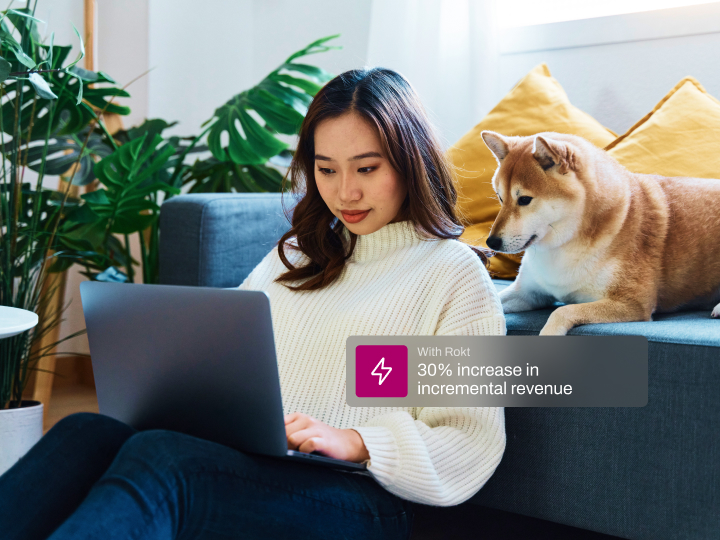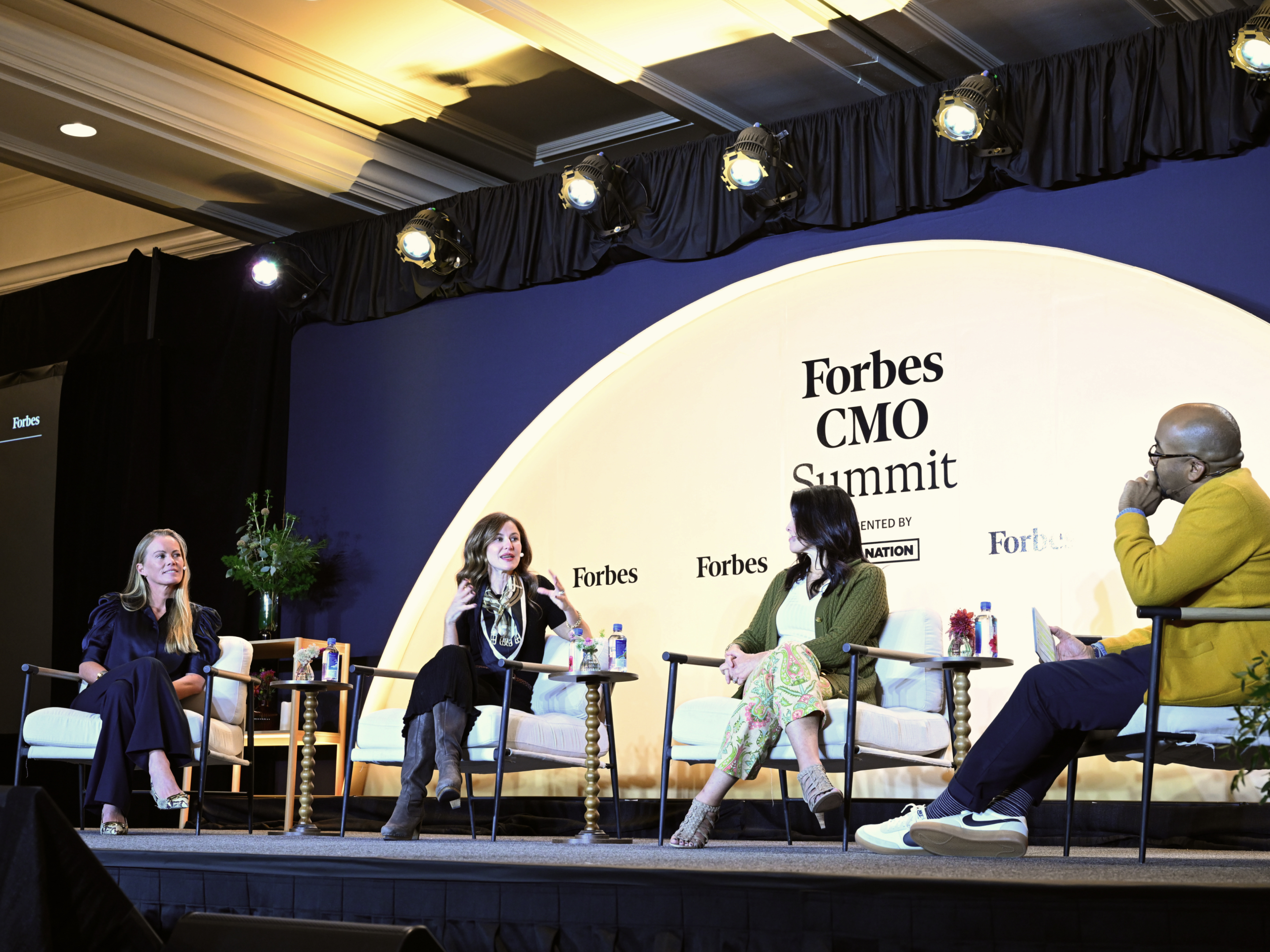As marketers, we know customers want choices and like options. Most people view options as a positive, believing that more choices ultimately make us happier. While in some ways this is true and customers do expect options, the temptation to offer endless choices on your ecommerce site can ultimately be a major deterrent to your business.
While customers expect choices when they are faced with multiple options, they more than often get overwhelmed and choose not to make a purchase at all, and if they do make a purchase, they’re often less satisfied with their experience. This is known as the paradox of choice, a phenomenon that is most prevalent on ecommerce sites where space and inventory barriers don’t exist. Bruce Buchanan, CEO of Rokt, explains in Scaling Up Podcast why this is often a key issue that negatively affects growth for online businesses. He says, “most businesses would naturally assume if they had a broader range of products or services that they would win in a category, but consumer behavior is such that the leading players typically have to do the complete opposite.”
So what can an ecommerce business do to combat the paradox of choice, keep their customers satisfied and maximize sales? Step one is to fully understand the psychology behind the paradox of choice. In this post, we’ve outlined everything you need to know.
Understanding the Paradox of Choice
Before examining how the paradox of choice is relevant to your business, it’s important to understand the psychology behind this phenomenon and how many of us unknowingly experience this regularly in everyday life.
Anyone who owns a streaming service (like Netflix, Hulu, Amazon Prime, etc.) can surely relate to scrolling through options for ages before finding something to watch. Are you in the mood for a happy-ending romance or an action-packed drama? Movie or sitcom? Something new or something you’ve seen before? Wasn’t there that documentary you thought was interesting? Before you know it, an hour has gone by and you’re still wandering through the Netflix catalog. By now, you’re overwhelmed and might just decide to go to bed instead. Or, you make a seemingly random selection out of frustration but are still feeling unsatisfied thinking of all the other options you’d rather be watching (AKA buyer’s remorse). This stressful experience is the result of the paradox of choice.
Choice is good (a Netflix catalog with only 2 choices would hardly be successful), but its relationship to satisfaction is complicated. There is diminishing marginal utility in having alternatives. Each option added subtracts a tiny amount from the feeling of well-being, until the marginal benefits of the added choice level off. There is also another aspect of choice to consider: it requires increased time and effort, and this can lead to anxiety, regret, excessively high expectations, indecisiveness, and fatigue.

Imagine you need to purchase toothpaste, so you enter store A, and are met with an aisle filled entirely with toothpaste options. Suddenly, what you thought was going to be a quick purchase actually slows you down and stresses you out. Store B, on the other hand, offers 3 brands of toothpaste. With hardly a thought, you grab one and complete the purchase. Now, it may seem silly to imagine an entire aisle dedicated to one product, most brick and mortar stores don’t have the space, but this is exactly the danger ecommerce brands fall prey to. Popular American grocery chain, Trader Joe’s, provides a perfect example of how ‘Store B’ is successful. The chain packs twice as much revenue per square foot as leading competitor Whole Foods. Their secret? Understanding the paradox of choice. For example, a Business Insider sales strategy report found that Trader Joe’s generally offers 14 types of pasta sauce options while their competitor offers 144. By providing shoppers with fewer choices, Trader Joe’s keeps them away from the decision-making process and keeps them engaged in the purchasing process.
Paradox of Choice in Ecommerce
While brick and mortar retail products are limited by the physical constraints of in-store shelf space, online retailers can display ten times the amount of products on their sites. There is almost limitless real estate available in the digital space, which is why so many ecommerce sites are plagued by the paradox of choice. Retail sites flood their consumers with endless options, pages and pages to scroll through, and consumers feel stressed, overwhelmed, and are less likely to complete a purchase.
Take Amazon, the world’s largest ecommerce site, as an example. The options on Amazon are vast. However, Amazon takes special care to combat the paradox of choice. They filter products, only show a small number of options per page, only recommend very similar products, and keep their pages clean and simple. Even active Amazon shoppers who use the site regularly have likely only seen the tip of the iceberg in terms of their offerings, and this is not by accident. This is a strategic choice so shoppers are not exposed to the vast choices and thus overwhelmed.
A website with an overload of menus and buttons leads to increased psychological distress and confusion. Too many pictures, colors, and choices will distract the brain from its task. There are three main areas where the paradox of choice can hurt ecommerce sites: the homepage, the cart, and the confirmation page. Listed below are ways you can fully optimize your site in these three areas to maximize customer engagement and value.
Homepage
When users visit your site, you want to make sure they stay there and enjoy the experience. Many sites might do so by enticing them with several buttons to click, bright images, or animations. But this can be disorienting and have the opposite effect.
- Keep things simple – visually complex sites are consistently rated as less beautiful and effective than their simpler counterparts. Simplifying your UX experience will exponentially enhance your customer’s experience on your site.
- Limit CTAs – Too many Call To Action buttons make a shopping experience overwhelming and lead to decreased conversions. Reduce the CTAs on your ecommerce site by focusing only on the CTAs most relevant to your customers.
Cart
The cart is the last place you want to overwhelm your customers. Many vendors are tempted to overload this page with product upsells, loyalty programs, app installs and more, but this can have the opposite effect and result in a high percentage of cart abandonment.
Research shows a staggering 69.57% of consumers, on average, abandon their online shopping carts before completing a purchase. 39% of potential buyers abandon carts because they feel overwhelmed by the checkout process. Choice paralysis is a key contributing factor here.
- Personalize your offers, products, and services – Space for engagement at checkout is limited, so it is best practice to only show offers, products, and services that are personalized for shoppers and will enhance their experience. Keep your check-out page simple, and most importantly, relevant.
- Simplify your checkout page – Overwhelming customers while they are making a purchase leads to cart abandonment. Combat this by using the space to create a seamless experience with key information and limited distractions to increase value and engagement.
Confirmation Page
The confirmation page is often overlooked in ecommerce, but it provides brands an untapped opportunity. Research shows that consumers are at their happiest on the confirmation page when online purchases are confirmed and they are up to 7x more likely to engage with related offers at this stage.
Most companies often use this real estate in 1 of 3 ways: they show nothing (which is a missed opportunity), they show everything (which overwhelms users), or they show 3 static options that are not personalized or relevant to the customer on the page.

The best way to unlock the hidden value of this page, and combat the paradox of choice, is to present customers with 3 most relevant offers, personalized to them.
Overcoming the Paradox of Choice: The Rokt Solution
At Rokt, we help brands overcome the paradox of choice in ecommerce by offering the right choices. Rather than overwhelming customers with randomly selected offers, products, and services, Rokt’s award-winning AI intelligently gathers data and manages objectives to ensure that customers are only exposed to messages that are most relevant to them, when they are most likely to convert.
Instead of presenting your customers with a bunch of random options and asking them what they want to buy, present them with a few handpicked, personalized choices. You wouldn’t offer winter coat sales to customers in Hawaii, or show an app-install promotion to a customer who already has it downloaded. These are missed opportunities, especially when the paradox of choice demands you keep your offers limited. The best online retailers will not just present their consumers with ‘top engaged’ offers, products, and services but will personalize these messages on an individual basis, resulting in higher engagement, and deeper customer satisfaction and loyalty.
To learn more about how Rokt can help you overcome the paradox of choice and optimize your ecommerce site, request a demo or contact us at Solutions@rokt.com today!




.jpg)



.jpg)
